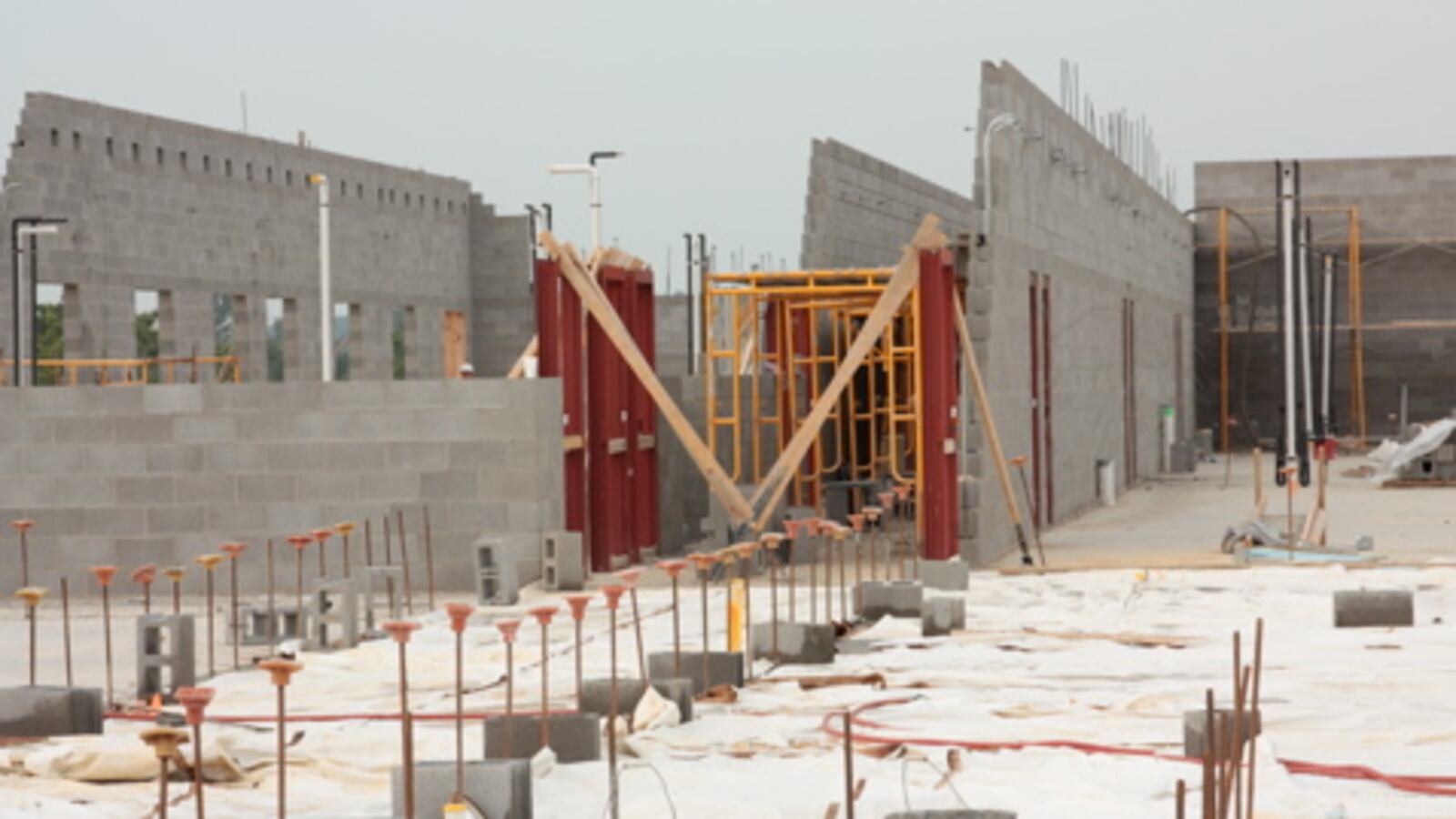Colorado’s school construction grant program has been a lifeline for districts with aging and inadequate buildings, particularly for small rural districts unable to build new schools themselves with local tax money.
But the impact of the seven-year-old Building Excellent Schools Today program has been blunted in recent years because of a cap on how much BEST can spend every year on repaying the lease-purchase agreements used to build new schools.
Program supporters have pushing to loosen that cap, and they took the first step this week when a Senate committee approved a bill to raise the limit.
That proposal, Senate Bill 16-072, has a long ways to go, but BEST supporters are encouraged. The cap issue hasn’t gone beyond informal discussions during previous sessions.
“I was pleasantly surprised that it came out of Senate Education unanimously,” said prime sponsor Sen. Andy Kerr, a Lakewood Democrat. “I’m cautiously optimistic.”
Created in 2008, BEST receives most of its funding from revenues generated by state-owned lands. That money comes from oil, gas and grazing leases and rents. The program uses that money, combined with matching funds from districts, to pay for school construction and renovation, ranging from brand-new buildings to replacement roofs, security systems and other small projects.
The program has provided more than $1.25 billion in state and local funds for projects since it started, covering more than 350 school facilities in more than 120 districts.
“For many Colorado school districts BEST is our only lifeline,” Mapleton Superintendent Charlotte Ciancio told the Senate Education Committee this week. Her district went through multiple applications and bond issue efforts before finally landing a grant in 2010.
A key BEST goal is to help resource-strapped districts to pay for building needs.
“We do not have the ability to raise what we need to either repair or replace,” Superintendent Kevin Schott told the committee. His Deer Trail district in eastern Arapahoe County is preparing a BEST application. “The new gym is 52 years old,” Schott noted.
Spending cap has cut down on large projects
The program’s main tool for funding larger projects is a lease-purchase device that involves investors providing upfront money for construction, then getting repaid over several years.
Annual debt repayments from state funds are limited to $40 million. The bill would phase in an increase in the overall cap to $60 million by 2019-20. The overall cap would be $120 million, including local funds also used to repay debt.
After approving more and more lease-purchase projects over several years BEST reached the state cap a couple of years ago. Since then it has issued mostly cash grants for smaller projects.
For example, in 2012-13, the BEST board approved projects worth $302 million, including nine lease-purchase deals totaling $217 million.
But for 2015-16, the board approved only cash grants worth about $90 million in state and local funds. That was enough to pay for relatively large projects in the De Beque, Edison and Roaring Fork districts, but several other big applications were rejected. The board makes grants once a year, subject to approval by the State Board of Education and the legislature’s Capital Development Committee.
“What the cap has effectively done is limit our ability to address large-scale projects,” said Scott Newell, director of the Division of Capital Construction.
Kathleen Gebhardt, a BEST board member, said districts also have quit applying for bigger projects. She notes that SB 16-072 would have a modest impact.
“It’s still a fairly small drop in a fairly big bucket” and will provide enough flexibility for “maybe one or two new schools a year,” Gebhardt said.
A 2010 study estimated statewide school facilities needs would rise to about $18 billion by 2018. The division will start updating that assessment this summer.
Amended bill provides no new BEST revenue
Kerr’s original draft of the bill also proposed an increase in BEST revenue. The program currently receives half the revenues generated by state lands or $40 million, whichever is greater. The bill proposed raising that $40 million to $60 million.
At Kerr’s request the committee on Thursday deleted that part of the bill.
Why? State income from oil and gas is dropping, so a $60 million BEST contribution might be unaffordable.
“We’ve had a great run over the last few years with the Colorado oil and gas boom, but we see a decline coming,” State Land Board director Bill Ryan told the committee.
Last year’s land board revenues of $185 million are expected to drop by more than $100 million this year.
With that portion of the bill removed, some committee members wondered if BEST will have enough income to support a higher cap.
“By taking out the increased revenue source, we’re saying BEST has permission to spend more, but we’re not giving it a new revenue source,” noted Sen. Owen Hill, a Colorado Springs Republican who chairs Senate Education.
Kerr responded that the BEST board should have enough money with its current land revenues, plus $40 million a year from wholesale taxes on recreational marijuana and lottery funds.
Gebhardt told Chalkbeat that the board expects to be conservative in the grants it recommends next May, perhaps spending only $40 million to $50 million in cash grants.
Those issues are expected to be discussed further at the bill’s next stop, the Senate Finance Committee.
One other BEST proposal is before the legislature this session. Senate Bill 16-035 would create a new investment advisory board assigned to increase returns from the state’s $875 million Public School Fund. Any increased revenues would go to BEST, according to the sponsor, Sen. Mike Johnston, D-Denver.
Kerr said he’s talked to Johnston about the bill and “there’s talk of kind of combining forces and having the two of them move through together.”

